Cebu has been a premiere tourist destination in the Philippines. Not only the nature parks and adventures you can enjoy in Cebu but you can also see the history of the Philippines through very informative Museums such as Casa Gorordo Museum, Cathedral Museum, Fort San Pedro Museum and a lot more. One of the most interesting museums in Cebu is Museo Sugbo or also known as The Cebu Provincial Museum.
Museo Sugbo is located in M.J. Cuenco Avenue in the old Spanish-era area of Cebu named Tejero. It was once the home of the world famous, YouTube sensation Cebu Dancing Inmates – the Cebu Provincial Detention and Rehabilitation Center or CPDRC. Museo Sugbo is about 2 kilometers away from Fort San Pedro and Plaza Independencia.
It used to be named Carcel de Cebu which means Provincial Jail of Cebu before it became a Museum. It was designed by Domingo de Escondrillas on 1869 and he was the only architect in Cebu during that time. At first the Carcel de Cebu was proposed to become the Carcel de Distrito which means jail in the district of Visayas because of its large size at the time it was constructed. After several reviews and endorsements in Manila, the project was approved and set out at around 1871. It was believed that a lot of coral stones from Parian Church were used to build parts of the prison. After 20 years of use, a renovation was ordered and they added more buildings at the back of the main structure which now serves as the first six galleries of Museo Sugbo.
During the revolution, many of the Katipuneros were incarcerated inside the Carcel de Cebu without any trial. Many of them were eventually executed in the nearby Carreta Cemetery. The Carcel also served as the stable for horses competing in Hippodromo during the American-era. But later on it became a prison again for both the city and the province.
During the Japanese Occupation, guerrillas were imprisoned here after being tortured under the hands of Kempei-Tei who is a secret police of the Japanese. Many of the collaborators of Cebu were also imprisoned here after the war. From the 1950s to 1970s the front section of the Carcel was used as the City Jail while the three structures behind it were used as the Provincial Jail.
The Carcel de Cebu was then named as Cebu Provincial Jail during the American-era then to CPDRC in the 1980s. In 2004 Governor Gwen Garcia headed the transfer of CPDRC to a more modern and spacious prison complex which then turn Carcel de Cebu to Museo Sugbo: The Cebu Provicial Museum. It is the repository of Cebuano and Philippine Heritage and was inaugurated on August 5, 2008.
Upon entering Museo Sugbo, a nominal fee is collected. This is for the maintenance of the whole Museum and a map of the place with information at the back of it will be provided. All exhibition galleries are fully air-conditioned and presently they don’t allow any picture or video taking inside the galleries. All the exhibits are very secured which may result in injuries if someone wants to steal these artifacts from Museo Sugbo.
Museo Sugbo Entrance Fees:
Adults: P30 (Filipinos), P75 (Foriegners), P75 (Balikbayans)
Students: P10 (Filipinos), P50 (Foriegners), P50 (Balikbayans)
Senior Citizens: P10
ICOM Members: Free Admission
The Permanent and Special Galleries
Four permanent galleries, three special exhibition galleries and one changing exhibition housed in four separate buildings provide the visitor with a treasure trove of important objects and artifacts that make Cebu truly the premier province of the country.
Witness over a thousand years of prehistory from the stone age up to the age of barter with Chinese, Thai and Arabs traders; from the Spanish legacy of conquest, conversion, and consolidation up to the Revolution of 1898; from the war against the American up to their last legacies of democracy, public infrastructure and education; from the Japanese invasion and brutal occupation up to the American liberation. Two special exhibitions showcase the lives of Sen. Vicente Rama, father of the Cebu city charter, and the father-and-son tandem of Gregorio and Jovito Abellana, the former a Katipunero and playwright of patriotic zarzuelas, the latter a coal miner, historical essayist and writer.
Opening soon is the Cebu Media Gallery in honor of Cebu’s pioneer tri-media practitioners and the pioneers in print, radio and television journalism.
The National Historical Institute Museum of Philippine Political History (MPPH)
Two large permanent galleries in a separate building trace the political development of the Philippine state. The political history gallery threads through our political history, from the early period of family-based groupings thousands of years back up to the presidency of Gloria Macapagal-Arroyo and beyond. The presidential gallery offers a fascinating look at the 14 presidents of the country through their political portraits with their signatures etched in 24-karat gold plated metal amidst objects and artifacts of their different reigns.
The National Museum (Cebu Branch Museum)
Two large galleries in another building across the MPPH and the museum quadrangle provide rare artifacts from various excavations conducted in Cebu as well as a changing exhibition of objects and artifacts that are part of Cebu’s history. The permanent exhibition gallery houses archeological artifacts, including gold and ceramics from excavation at Plaza Independencia and Boljoon as well as the famous San Diego shipwreck of 1600. The changing gallery houses traveling exhibits and special collections of the National Museum.
The Well of Wisdom, Love and Good Fortune
The visitor’s journey is never complete without dropping a few coins at the Wall of Wisdom, Love and Good Fortune, located near the National Museum galleries. A Spanish-era source of water for the former prison complex of the Visayas district, this Well was rediscovered as the new museum exhibitions were being prepared in July 2009. Read and follow carefully the instructions etched on the brass plaque beside the well and make your wish.
When you are in Cebu don’t dare miss Museo Sugbo: The Cebu Provincial Musuem as it is full of information and memorabilias. Let’s be knowledgeable about the Filipino history so we can appreciate our life today compared to thousands of years ago.
- Visitor Information
- Museo Sugbo Complex
- Entrance gate of Museo Sugbo
- Entrance Fees
- Some Images of Old Cebu
- More info about Museo Sugbo
- At the cashier/information area
- Pictures of Cebu History
- Right area of the Complex
- Another angle of the Tarp
- The well of wisdom information
- The south gate parking area
- The well at the back of the old jail building
- More parking space at the back of the complex
- Wishing first before throwing a coin
- Comfort Room Area
- The Tarpaulin outside the Complex
- The Museo Sugbo Map
- More information about the Galleries
This page is last updated on
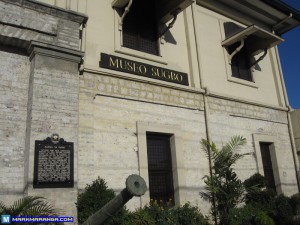
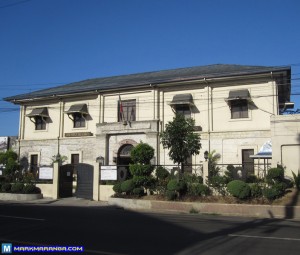
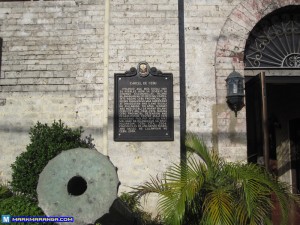
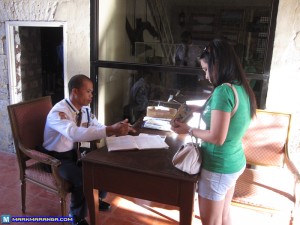
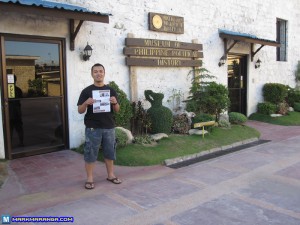
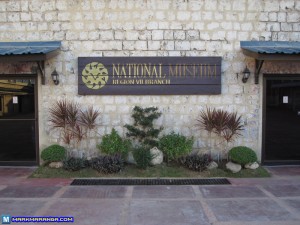
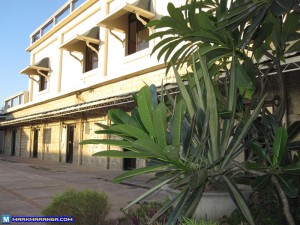
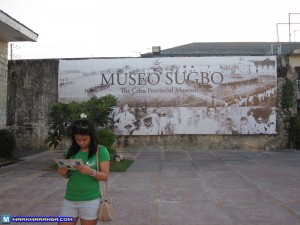
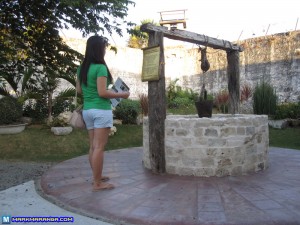
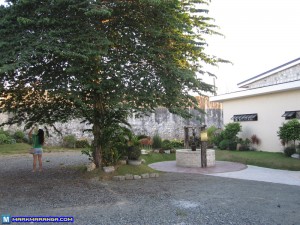
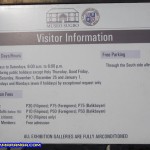
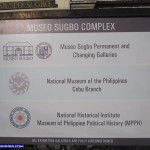
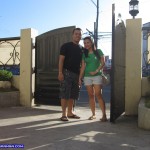
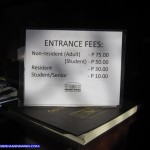
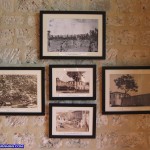
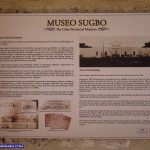
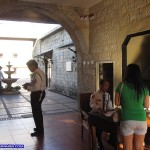
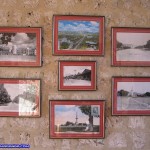
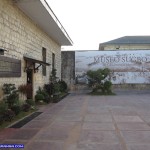
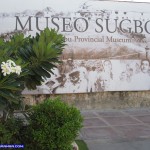
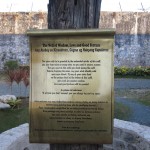
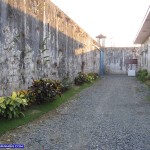
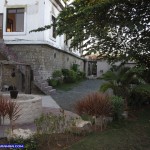
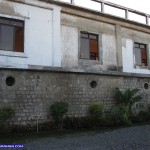
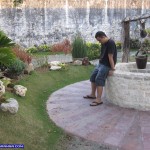
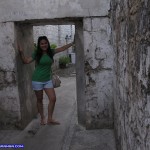
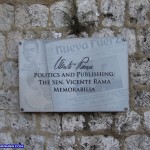
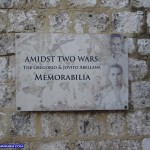
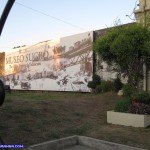
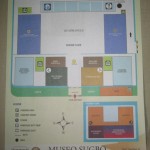
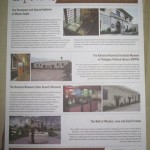












Hello!
Just want to know if we can visit the museum on Jan 31, 2016? What is the schedule?
We appreciate so much your reply. Thank you.
Is it open during this coming 31st?
Sir, we planned to visit Museo Sugbo for our employees tour this month. One of the requirements is the approval of our request to the place we intend to visit. To whom r we going to address the letter? tnx. Jerry of Surigao State College of TEchnology-Mainit Campus
🙂 .. ah yes! i will assure that..
anyway, thank you so much.. this website is a big help to me.. 🙂
can i used this website for our project in history 15? 🙂
Florence,
Yes! You can use this website. Please do not forget to give the proper credit. =) Thanks!
what is your contact #?
Hi Angela,
The telephone number of Museo Sugbo is (032) 516-2205. I hope that helps.
Hello,
I would like my friends who are foreigners to learn more about Cebu culture. But they will not appreciate it if they go by themselves. Is there a guided tour available on Saturdays? Thanks.
Thanks much for this nice post. Will visit the place very soon. Cheer always!
i like see all cube museo but i dont like to see alone neet same body help if you like bye
how do you get to the museum via public transport if I may ask?
AKAIK you’ve got the anwesr in one!
Museo Sugbo now opens from Mondays-Saturdays at 9am-5:30pm 🙂
Hi, is the Museo Sugbo open daily? Thanks!
Marian,
Thanks for asking. Hopefully you will share my website to your friends and families.
Museo Sugbo is open from Tuesdays to Saturdays at 9:00 a.m. to 6:00 p.m. It’s also open on public holidays except Holy Thursday, Good Friday, Black Saturday, All Saint’s Day (November 1), Christmas (December 25) & New Year (January 1).
All Sundays and Mondays (even if holidays) are by exceptional request only.
Nice boss Mark..
nakakuha ko ug info.. mo visit niya ko dire.
“…from the Chinese invasion and brutal occupation up to the American liberation.”
It was a “Japanese invasion” not Chinese.
Arlene,
Thanks! Reviewed and updated the blog.
nice nice…one of this days… I have my own photo’s on this place…
thanks for the post… love it…